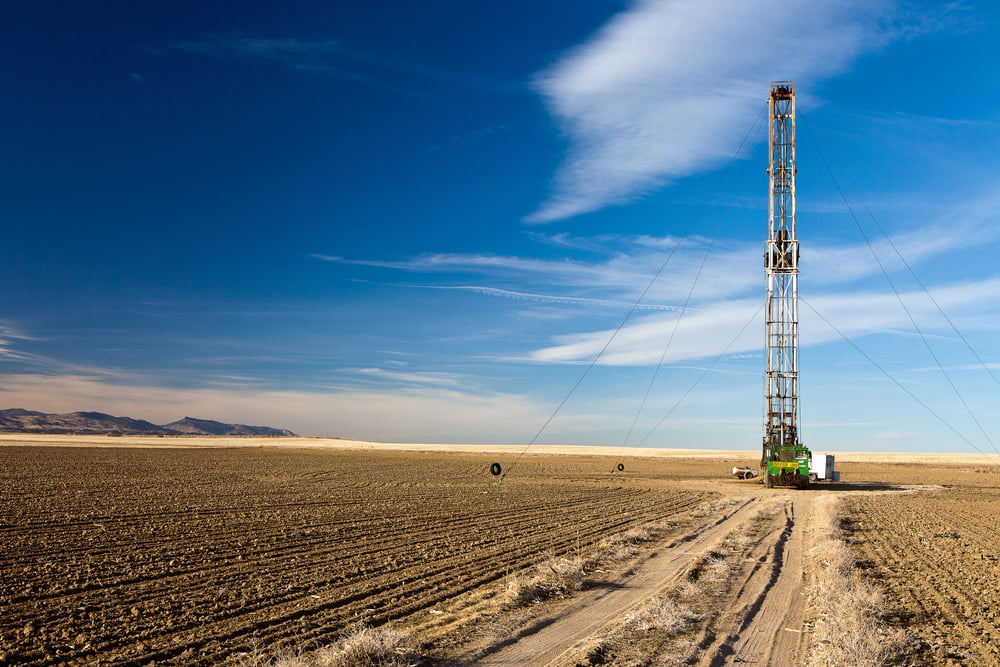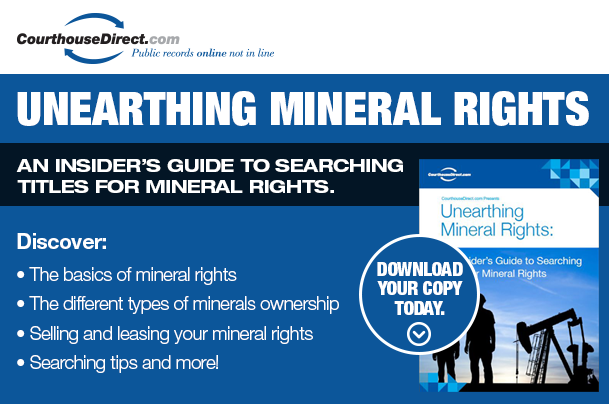 In America, property is all. The ability to own property set Americans apart from the British landowning aristocracy that allowed peasants to stay on “their” property by working the fields or pastures and passing along the fruits of their labors to the landowner. The landowner could kick them off the land anytime. In America, owning land was sacrosanct. You could not be booted off your own land, and everything in and on that land was yours.
In America, property is all. The ability to own property set Americans apart from the British landowning aristocracy that allowed peasants to stay on “their” property by working the fields or pastures and passing along the fruits of their labors to the landowner. The landowner could kick them off the land anytime. In America, owning land was sacrosanct. You could not be booted off your own land, and everything in and on that land was yours.
On the other hand, America also embraced the rule of capture, which originated with English common law and is thus very old and traditional. The rule of capture said whoever captured something owned it. You shoot a deer, you own the carcass. You capture oil from a well on your land, regardless of where the oil originated underground, you own that oil.
Nobody ever wants to mess with tradition, and the courts follow such rulings as a precedent to settle future issues.
A conundrum occurs when the two meet - property law and rule of capture - because human-drawn property lines are not physical barriers that extend through the soil at the property, county, or state line. Which means different states have different rules about who owns minerals that are “captured” from beneath another property because the minerals don’t care where the property line is; they just pool wherever they want.
But until fracking became common and there was plenty of money to be made capturing minerals in this fashion, the rule of capture was relatively easily applied. Now? Not so much.
Defining the Rule of Capture
As noted above, the rule of capture is rooted in English common law. Under the law, the first person to "capture" a particular resource has rightful ownership to it. It's pretty straightforward when applied solid items like gold. It’s hard to suck gold from another person’s property. However, when applied to liquid or gaseous assets, things get interesting.
According to the application of the rule of capture, when oil or gas that was previously “roaming” under the ground is captured, it becomes the property of the captor, who may or may not own the land the oil or gas was under. Just because oil or gas is present under the ground of somebody else’s land doesn’t mean it’s his or her property.
For example, if a neighbor drills into his own land to obtain oil, and the oil comes into his well from a reservoir on your land, the oil becomes his property. It doesn’t give him the right to drill on your land, but he has no liability if the oil his well produces came from your land.
The only thing you can do is to drill your own well and capture your own gas or oil. In a fundamental irony of life, some of it may come from your neighbor's property.
What the Rule of Capture Means to the Oil and Gas Industry
The first oil well drilled in the U.S. was in Pennsylvania in 1840. That it was in Pennsylvania creates another irony, as we shall soon see. Once that well was drilled, the rule of capture was used to create the lattice of industry rules and regulations from that time forward.
In 1866, Texas started producing oil, and the state legislature passed laws regulating the industry in the state. Nobody paid attention at the time; everyone drilled wherever they wanted, leading to well clustering. Lease boundaries were breached, resources were wasted, and oil prices crashed. Texas gave teeth to its regulations by providing the Railroad Commission of Texas (RRC) the power to regulate spacing, density, and proration.
Now, there are regulations about minimum acreages and other ordinances to prevent overproduction and well clustering. The rule of capture is applied when the oil well follows all the rules. If the oil field stretches across several properties, the landowners can choose to pool interests, drill an offset well, or make the lessee drill and offset. However, the oil company is not liable if an owner decides to do nothing.
The rule of capture has been a boon to the oil and gas industry, to put it mildly. With no boundaries beneath the ground, nobody can say that half of that pool of oil belongs to them. So if an oil company leases the mineral rights and captures that oil from a neighboring property, the oil became the property of the company. Also, the landowner from whom the company leased the drill site got royalties off that oil.
The owner of the property next door got nothing unless a pooling arrangement was made.
Then along came hydraulic fracturing.
Briggs v. Southwestern Energy
In Pennsylvania, where it all started, the State Supreme Court agreed to hear a case in 2018 that could impact the Marcellus shale play and other plays where minerals are obtained by hydraulic fracturing. In essence, the Briggs family is saying that the rule of capture should not apply to minerals obtained by fracking.
According to a summary brief on ShaleDirectories.com, the family argued that “…key differences between conventional drilling and fracking, which involves the injection of pressurized fluids to crack rock formations and free oil and gas deposits trapped inside, meant they should be able to pursue trespassing claims against a Southwestern Energy Corporation unit over a well drilled and fracked on property next to theirs.”
The practice of fracking was likened to a drill bit boring into the land on their side of the property line, unlike a traditional well that pierces into a pool of oil that may migrate, of its own accord, beneath both properties. Therefore, the rule of capture should not apply.
The case is ongoing, but the outcome could have repercussions across the shale oil and gas industry.
Groundwater and the Rule of Capture
In another case where the difference between state regulations knock together, oil companies along the Texas-New Mexico border are causing consternation because New Mexico heavily regulates ownership of groundwater while Texas does not.
Why does this matter? Because Texas applies the rule of capture to groundwater. Whoever captures it, owns it, and can sell it. In New Mexico, where water restrictions apply, fracking companies are having a hard time obtaining water for their drill sites, so they buy water from the Texas side of the line and run it into New Mexico.
New Mexico argues that much of that groundwater is the property of their state and Texas is stealing it. Like a migrating pool of oil, the water knows no boundaries underground. The state line doesn’t stop it from being captured by someone on the Texas side, even in a county where the Texas governor declared a drought.
The rule of capture, a very old law based in law even older, has been used in the United States to determine who owns oil and gas mined from underground. When it applied to pools of oil and gas, things were pretty straightforward. However, now that hydraulic fracturing has become common, the application isn’t so clear.
In the State of Pennsylvania, the courts are being asked to negate the rule of capture for cases of oil and gas obtained through hydraulic fracturing of the local shale play. Only time will tell the outcome, which will impact every other shale play across the country.
Stay tuned.























